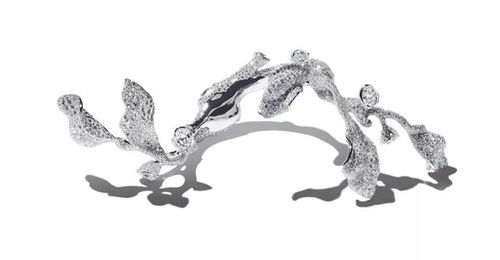Content:
Catching catfish can be an exciting and rewarding experience for anglers of all skill levels. These bottom-dwellers are known for their strong fighting spirit and delicious taste, making them a popular target for many. Whether you're a seasoned angler or just starting out, here are some valuable tips and techniques to help you master the art of catching catfish.

Understanding Catfish Behavior
Before you start fishing for catfish, it's essential to understand their behavior. Catfish are bottom feeders, meaning they primarily feed on the bottom of bodies of water. They are nocturnal feeders, so the best time to fish for them is at night or during twilight hours. Additionally, catfish are sensitive to vibrations and noise, so it's crucial to approach your fishing spot quietly.
Choosing the Right Equipment
To successfully catch catfish, you'll need the right equipment:
Rod and Reel: A medium-heavy to heavy-duty rod and reel combination is ideal for catfish. The rod should be at least 7 feet long to provide enough leverage for the strong pull of a catfish.
Line: Use a monofilament line with a breaking strength of 10 to 20 pounds. Monofilament is flexible and less likely to tangle, making it a good choice for catfish fishing.
Hook: A wide-gap, heavy-duty hook is best for catfish. The size of the hook will depend on the size of the bait you're using.
Leader: A leader of 6 to 12 inches in length made of monofilament or fluorocarbon is recommended. This helps to protect your main line from abrasive substrates.
Sinkers: Use a heavy sinker to keep your bait on the bottom. The weight will depend on the water's depth and current.
Bait: Catfish are opportunistic feeders and will eat a variety of baits. Live bait like nightcrawlers, minnows, and shad are popular choices, but you can also use cut bait like chicken liver, shad, or even pieces of hot dog.
Setting Up Your Hook
To set up your hook for catfish, follow these steps:
Attach the Sinker: Thread your sinker onto your main line and tie a slip-knot to secure it. This allows you to adjust the weight depending on the water's depth.
Add the Leader: Tie the leader to the main line using a blood knot or a similar strong knot.
Attach the Hook: Attach your hook to the end of the leader using an improved clinch knot or a palomar knot.
Choosing the Right Spot
Catfish are often found in areas with abundant food sources and cover. Look for:
- Structure: Areas with rocks, logs, stumps, or brush piles provide excellent cover for catfish.
- Current: Catfish often hang out in areas with a slow current, such as behind rocks or logs.
- Deeper Water: Catfish are more likely to be found in deeper water, especially during the heat of the day.
Baiting Your Hook
When baiting your hook, consider the following:
- Live Bait: If using live bait, ensure it's fresh and wriggling. This will attract catfish more effectively.
- Cut Bait: Cut bait should be placed on the hook so that it resembles a natural prey item. For example, if using shad, cut it into strips that resemble the shape of a fish.
Casting and Luring
To cast and lure catfish, follow these steps:
- Cast Your Line: Cast your line into the desired area, allowing the sinker to settle to the bottom.
- Let It Sit: Once the bait is on the bottom, let it sit undisturbed for a few minutes. Catfish are slow feeders and may take some time to notice your bait.
- Work the Bait: Occasionally twitch the bait or move it slightly to mimic the natural movement of prey.
Catching the Catfish
When a catfish takes your bait:
- Set the Hook: As soon as you feel a tap or pull, set the hook quickly but gently to avoid spooking the fish.
- Play the Fish: Keep tension on the line and play the fish carefully. Catfish are strong and can pull hard, so be patient and let the fish tire itself out.
- Land the Fish: Once the catfish is close to the boat, use a net to land it gently to avoid injury.
Safety and Conservation
Always prioritize safety and conservation when fishing for catfish:
- Respect the Environment: Keep the area clean and avoid disturbing the natural habitat.
- Handle with Care: Be gentle when handling catfish to prevent injury to both the fish and yourself.
- Release if Necessary: If you're not planning to keep the fish, release it gently back into the water.
By following these tips and techniques, you'll be well on your way to becoming a skilled catfish angler. Happy fishing!












